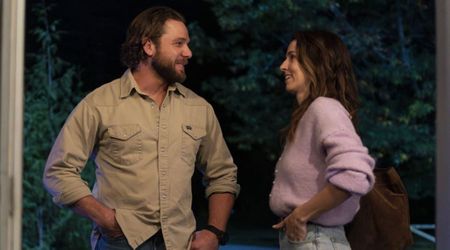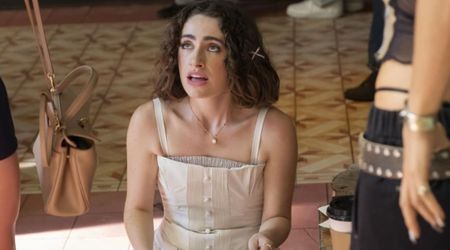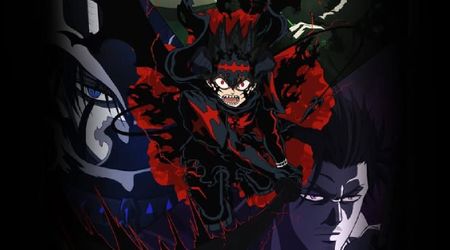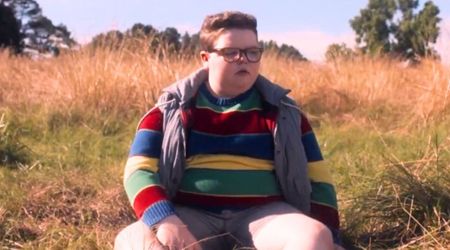'Bad Hair Day': What is Male Pattern Baldness? Dr Angie helps transwoman leave her wigs behind

RALEIGH, NORTH CAROLINA: Dr Angela Phipps aka Dr Angie encounters a patient who has typical Male Pattern Hair Loss, but the issue is far more complicated than that. She manages to turn things around for her patient while continuing to educate viewers about one of the most frequent hair loss disorders.
'Bad Hair Day' will follow three medical hair regeneration and restoration specialists as they attempt to address challenging hair loss cases from around the country over the course of six episodes. It premiered on August 24th at 10 pm and stars Dr Isha Lopez and Dr Meena Singh. Dr Angie of Raleigh specializes in hair restoration surgery, which involves transplanting hair from other parts of the body (usually the scalp) to regions of baldness and hair loss. Her approach has the potential to be transformational for people dealing with the terrible effects of hair loss.
RELATED ARTICLES
'Dr Pimple Popper' Season 8: Dr Lee helps Dwayne regain confidence by removing his nose bumps
'Dr Pimple Popper' Season 8: Dr Lee helps Jessica to come out of her shell amid menacing surgery
Jamie, a 35-year-old transwoman from Newton, New Hampshire, has considerable hair loss. She first recognized the signs of baldness when she was 15-16 years old, which made her desire to stay as a "guy" since she couldn't imagine herself as a lady and being bald. She continued to live as a man until she was 32 years old. Furthermore, she gave up her life as a guy after coming out to her then-girlfriend as trans and resorted to wigs. Even if she favored the alternative, not having her own hair has made it harder for her to keep a firm grip on herself.

Jamie is aware that there are bald women, but she battles to maintain her Male Pattern Baldness, since her hairline gives off a "specifically male" impression. Dr Angie explains to the viewers how the public views males losing their hair as a normal occurrence that should not be questioned. However, when women lose their hair, people question them, and it may often be more of a psychological concern for women than it is for males. So, for someone who has transitioned from male to female, it is critical to establish that hair as their female identity. Dr Angie begins by examining Jamie's scalp to see if she is a candidate for surgery. She adds that a hair restoration treatment entails extracting donor hair from the back of the head and putting it in the balding region. She must surgically take a specimen from the back of the head in order to do a hair transplant. That tissue is then handed on to a technician, who dissects each hair follicle individually from that specimen. Dr Angie must next create individual incisions at the correct angle, direction, and orientation for the hair to grow while implanting each follicle one at a time. Jamie's small head is one of the constraints Dr Angie notes, implying she can only take away a certain amount of tissue. Jamie's best case scenario is that Dr Angie harvests 3000 grafts, but considering the size of her head, she is concerned. Finally, Dr Angie believes Jamie is the ideal candidate for the procedure.

Dr Angie begins her surgery by removing a specimen from Angie's back of the head, which contains all of the hair follicles. Because Jamie had Male Pattern Baldness and a tiny head, Dr Angie had to be precise with her cut and ensure it was performed at an angle that did not damage the follicle. Dr Angie then hands off the strip of tissue containing all of the hair follicles to her technician, who dissects each individual hair follicle one by one. Finally, Dr Angie makes specific incisions to insert the hair follicles. Dr Angie says that they harvested 2860 grafts, which is a good number. She says that while assessing Jamie's donor area, she discovered that her treatment will not be surgically difficult, but it will be aesthetically challenging due to her very fine hair. When extremely fine hair is separated, the density is reduced, thus they need the hair follicles to be as near as possible to be able to make that aesthetic change.
Dr Angie was successful in recreating the natural feminine curved hairline. She also got the full recession region going into the top section, where it merged with the existing hair. The area in the rear that she couldn't reach had existing hair, which she hoped to keep with medical therapy and stimulate with additional therapies. Jamie returns to Dr Angie with an established hairline, 8 months after her procedure. It can take up to 14 months for all the grafts to mature, settle in, and reach their full potential, according to the doctor. She intends to have a second procedure at 14 months.

'Bad Hair Day' airs every Wednesday at 10/9c on TLC.










